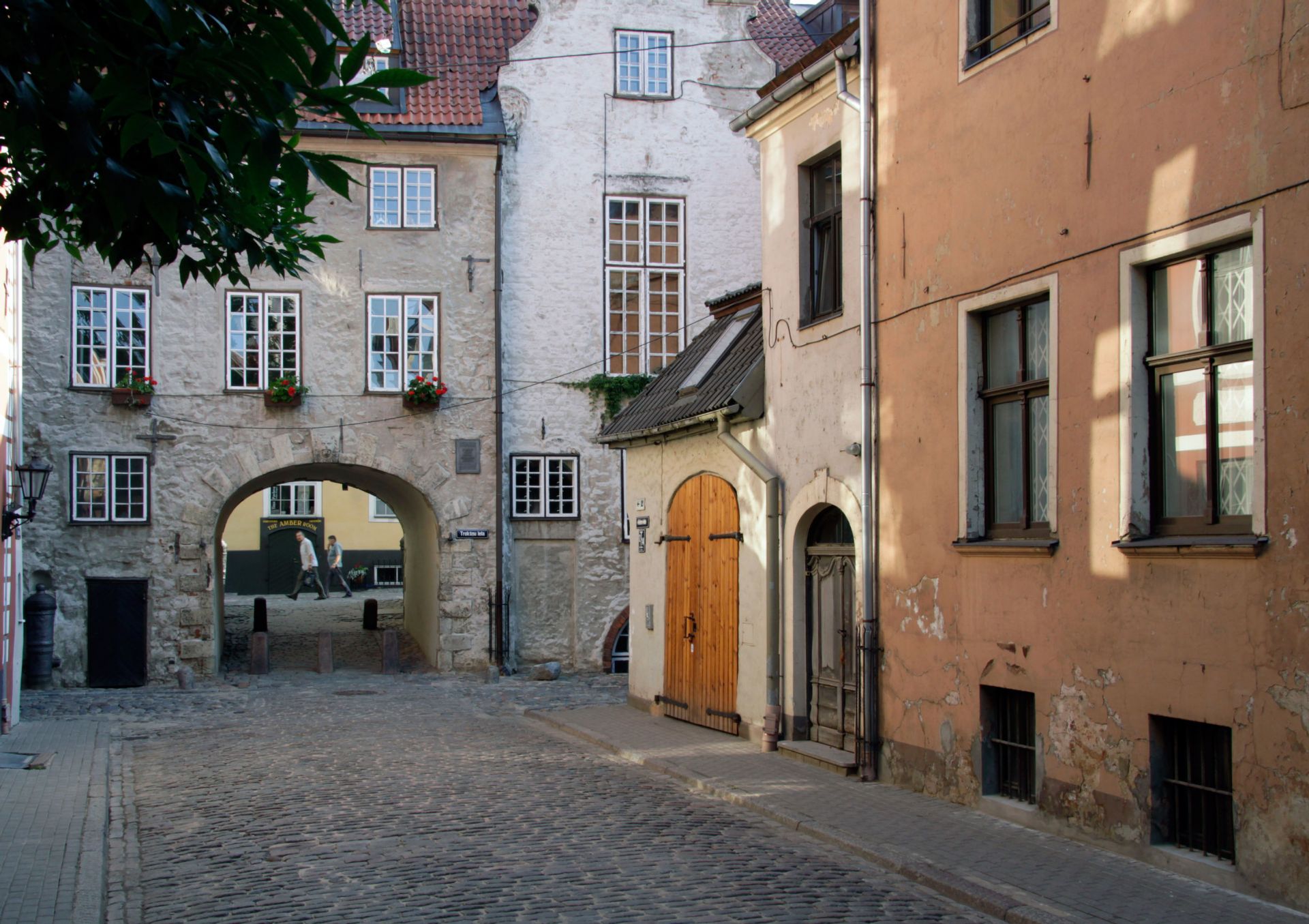All content and media files are published under a Creative Commons Attribution-ShareAlike 4.0 International License (CC BY-SA 4.0)
According to an ancient legend, a young Latvian lady ran away at night through the city gates to see her lover, a Swedish soldier. When she started talking to him about the wedding, the young man got scared of responsibility and ran away from her. The lady was placed on trial for forbidden love for the enemy and immured in the walls of the stone city gate. Every night since then, the bitter lady's crying and laughter of the escaped sneak have sounded in the wide arch of the gate, which was named Swedish.
Of course, this is only a legend and there is nothing more than the sound of wind between the ancient stone walls, and even then on a cold winter night. Moreover, the gate was built by chance, during the construction of new houses in Medieval Riga at the beginning of the 17th century. Then it was necessary to cut new city gates in the walls of the old houses to provide passages to the new buildings. In total, 8 wide gates were created. And since that was done during the reign of the Swedish Empire in Latvia, the gates were named Swedish.
The only Swedish Gate in Riga that has been preserved is located on Torna Street and adorns number 11, forming an architectural ensemble of "Architects' Houses" with neighboring buildings. Today, the buildings house not only the Union of Architects but also a creative studio and a city library.
All the buildings are open to the public so that everyone can see the recreated interiors of the 17th-18th centuries: the houses were equipped with tiled stoves, plafonds in the Baroque and classicism style that was fashionable at that time. Thanks to numerous reconstructions by the talented architect A. Reinfelds, the famous Swedish Gate and its Baroque decorations have been preserved almost unchanged. It is still possible to see corbels with mascarons on the houses.
